

OPA2134 vs NE5532: Comparison of Performance, Features and Applications
Catalog
Overview of OPA2134Overview of NE5532OPA2134 VS NE5532 PinoutOPA2134 VS NE5532 Block DiagramOPA2134 VS NE5532 3D ModelOPA2134 vs. NE5532 PerformanceOPA2134 VS NE5532 SpecificationsOPA2134 VS NE5532 FeaturesDifferences Between OPA2134 and NE5532Frequently Asked QuestionsBoth the NE5532 and the OPA2134 are audio amplifiers commonly used in professional audio equipment to deliver high quality sound. Both are known for their low noise and low distortion:
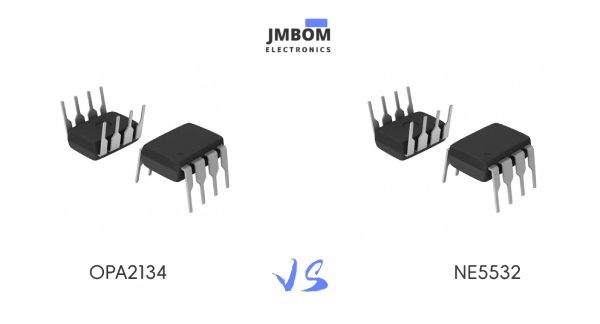
OPA2134 vs NE5532
Overview of OPA2134
The OPA2134 is a low-noise, ultra-low distortion operational amplifier designed for high-quality audio applications. The OPA2134 has a FET input stage that delivers excellent sound quality and high-speed response, so it's great for audio applications. It's got a powerful output drive capability and excellent DC characteristics, so it's suitable for a variety of demanding applications. It also supports a wide output swing (only 1V from the power supply rails) for greater dynamic range, making it ideal for use in a wide range of audio circuits.
You can get the single- and dual-channel versions in 8-pin DIP or SO-8 surface-mount packages, while the quad-channel version is available in a 14-pin DIP or SO-14 surface-mount package. The devices operate over the -40°C to 85°C temperature range and can be designed and analyzed using SPICE macro models.
Overview of NE5532
The NE5532 series operational amplifiers are high-performance devices that combine excellent DC and AC characteristics. They have low noise, high output drive capability, high open-loop gain, maximum output swing bandwidth, low distortion, high slew rate, built-in input protection diodes, and output short-circuit protection. These amplifiers are internally compensated to support stable operation in unit gain conditions. In addition, these devices are limited to a maximum equivalent input noise voltage.
OPA2134 VS NE5532 Pinout
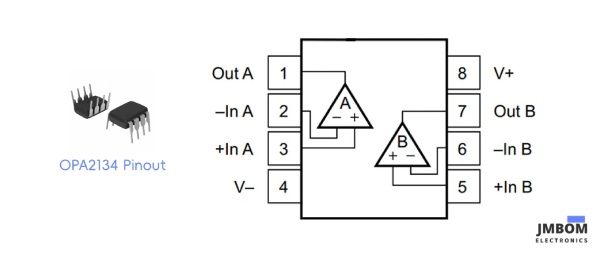
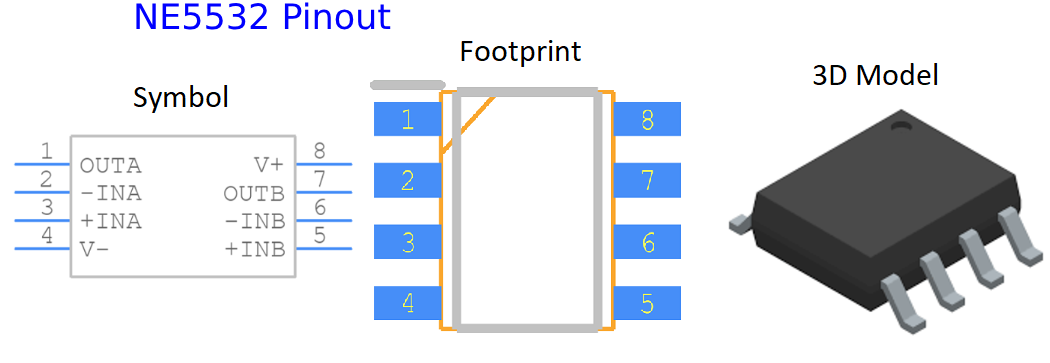
OPA2134 VS NE5532 Block Diagram
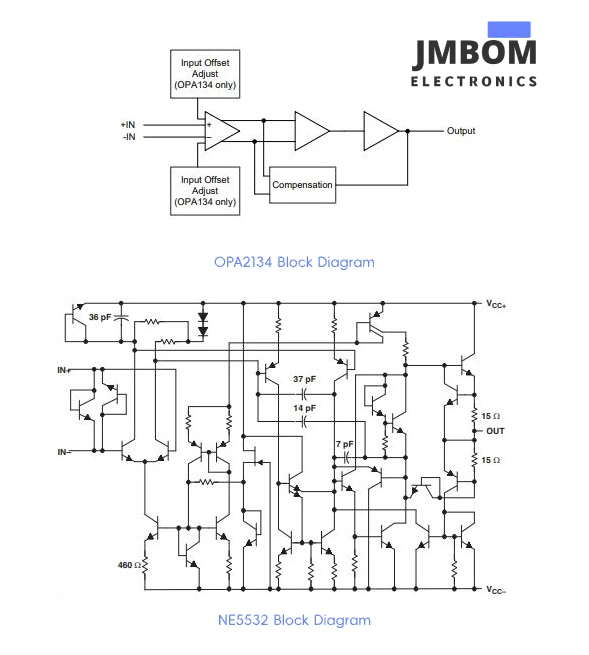
OPA2134 VS NE5532 3D Model
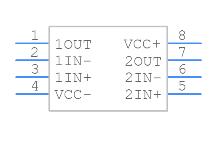
OPA2134 Symbol
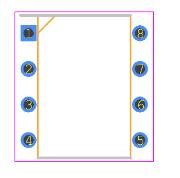
NE5532 Footprint
OPA2134 vs. NE5532 Performance
The OPA2134 and NE5532 are two operational amplifiers with different performance characteristics for different audio applications. The OPA2134 has great specs like lower noise and distortion, so it's perfect for high-end audio systems and pro audio gear. The NE5532 is more affordable and great for general audio tasks, which makes it popular with amateur audio fans and DIY electronics lovers. Both op amps offer excellent audio quality, and the choice depends on the specific circuit needs and the trade-off between performance and cost.
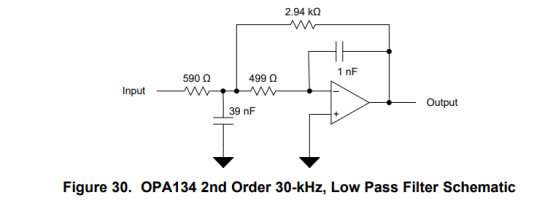
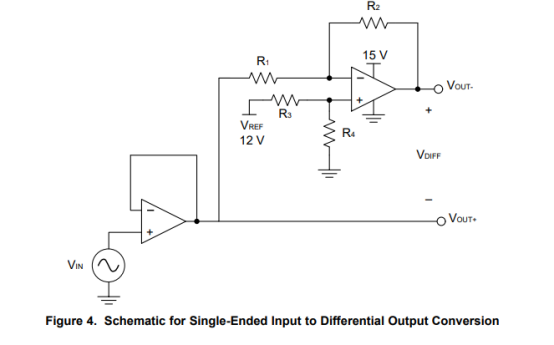
OPA2134 VS NE5532 Specifications
| OPA2134 | NE5532 | |
|---|---|---|
| Packaging | Tube | 8-DIP |
| Supply Voltage | 15V | 15V |
| Operating Supply Current | 4mA | 8mA |
| Slew Rate | 20V/μs | 9V/μs |
| Output Current per Channel | 35mA | 38mA |
| Operating Temperature | -40°C~85°C | 0°C~70°C |
| Amplifier Type | Audio | General Purpose |
| Datasheet | OPA2134 Datasheet | NE5532 |
OPA2134 VS NE5532 Features
OPA2134 Features
- Excellent sound quality
- Ultra-low distortion: 0.00008 percent
- Low noise: 8 nv/√ Hz
- Genuine fet input: ib = 5 benzoic acid
- High speed:Conversion rate: 20 v/μsBandwidth: 8 mhz
- High open-loop gain: 120 db (600 Ω)
- Flexible supply voltage range: ±2.5 to ±18V
- Available in single-, dual- and quad-channel configurations
NE5532 Features
- Small signal bandwidth: 10 MHz
- Output drive capability: 600 @ 10 volts rms
- Input noise voltage: typically 5.0 nv per square root Hz
- DC voltage gain: 50,000
- Voltage gain at 10 kHz: 2,200
- Power bandwidth: 140 kHz
- Conversion rate: 9.0 volts per microsecond
- Wide supply voltage range: 3.0 to 20 volts
- Unit gain compensation
- Available in lead-free packages
Differences Between OPA2134 and NE5532
Noise Performance: The OPA2134 usually has less noise than the NE5532, which is great for high-gain audio circuits where noise reduction is really important for keeping the audio pure.
Distortion Characteristics: Both the NE5532 and the OPA2134 have low distortion, but the OPA2134 has slightly better distortion characteristics, which makes it great for clearer sound transmission, especially in scenarios where sound quality is important.
Bandwidth and Conversion Rate: The OPA2134 usually has a wider bandwidth and higher conversion rate, which makes its signal processing faster and better for high-speed audio applications.
Price: The OPA2134 usually costs more than the NE5532, but its great performance makes it a perfect choice for professional audio gear and high-end systems.
Supply Voltage Range: The NE5532 has a wider supply voltage range than the NE5532, which makes it great for applications that need some flexibility in voltage.
Bias Current: The OPA2134 has a lower input bias current than the NE5532, which helps to reduce errors in circuits that require high input impedance matching.
Summary:The OPA2134 and NE5532 are both great operational amplifiers for a range of audio applications. The OPA2134 is better for systems that need to handle a lot of noise and have low distortion requirements, while the NE5532 is better for applications where you're on a tight budget or need a flexible supply voltage. Ultimately, it comes down to what you need and the environment you're working in.
Frequently Asked Questions
Q: What is OPA2134?
A: The OPA2134 is a high-performance audio operational amplifier from Texas Instruments that's well-known and used a lot in the audio field because it has great audio fidelity and can be used in many different ways.
Q:What are the main features of the OPA2134?
A:The OPA2134 is known for its low noise, very low distortion, and high conversion rate, making it perfect for demanding audio processing scenarios. With its wide bandwidth and minimal signal attenuation, it can deliver extremely high-quality audio output.
Q:What's the deal with the NE5532 op amp?
A:The NE5532 is a dual operational amplifier that was originally designed by Signetics and is now manufactured by ON Semiconductor. It's known for having low noise, a high slew rate, and high open-loop gain, and it's used a lot in audio signal processing and amplification applications.
Q:What are the main features of the NE5532?
A:The NE5532 has a few key features. It's got low noise of about 5 nV/√Hz, a conversion rate of up to 9 V/μs, and a wide bandwidth of over 10 MHz. It supports both single- and dual-supply power supplies and can enhance audio signals while keeping the distortion really low.
Q:What are the main differences between the OPA2134 and the NE5532?
A:The OPA2134 is better for audio applications where sound quality is important because it has lower noise and distortion, a wider bandwidth, and higher conversion rates than the NE5532. The NE5532 is better for general audio applications because it has a wider range of supply voltages and is cheaper.
Q:Which op amp is better for audio applications?
A: The OPA2134 is usually used in high-end and professional audio equipment because it performs so well. The NE5532, on the other hand, is better for more general-purpose audio applications and DIY projects because it's more cost-effective. The choice depends on what you need and your budget.
Q: Where can I purchase the OPA2134 and NE5532 op amps?
A:You can find the OPA2134 and NE5532 at electronics stores like JMBom Electronics, as well as online retailers or suppliers of professional audio gear. They are available in both through-hole and surface mount packages, making them easy to integrate into various circuits.
Conclusion:
The OPA2134 and NE5532 each have their own strengths that make them suitable for different types of audio applications. The OPA2134 is great for noise, distortion, and bandwidth, but it's pricier and ideal for high-precision audio. The NE5532 is known for its cost-effective performance, making it perfect for general-purpose audio circuits. Ultimately, the choice of op amp depends on your specific needs and budget.
Subscribe to JMBom Electronics !













